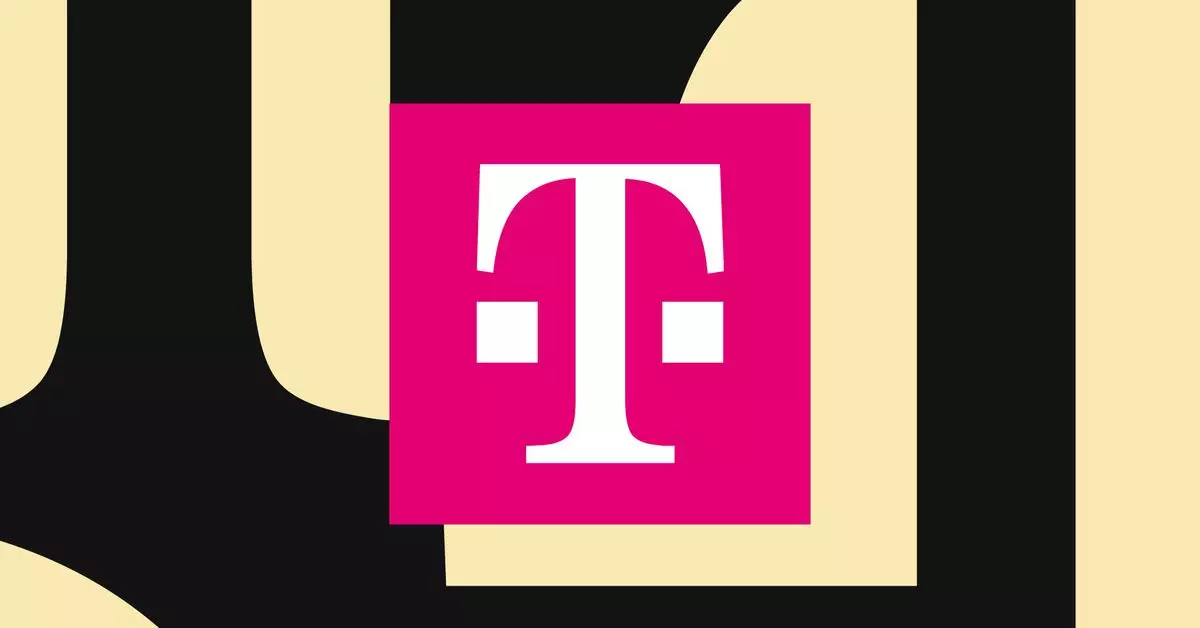In the wake of significant communication disruptions caused by Hurricane Helene, a notable collaboration between SpaceX and T-Mobile has emerged. The Federal Communications Commission (FCC) has granted these companies temporary permission to utilize Starlink satellites for a direct-to-cell service aimed at enhancing connectivity in storm-affected areas. This initiative highlights the growing importance of alternative communication solutions during catastrophic events, where traditional networks frequently falter.
The recently deployed Starlink satellites have begun transmitting emergency alerts to mobile devices across various networks in North Carolina. This timely implementation is crucial in regions that have suffered from extensive flooding and communication blackouts. With millions of residents dependent on reliable information during emergencies, these satellites play a pivotal role in restoring some level of connectivity and facilitating the dissemination of crucial alerts to at-risk populations.
Furthermore, T-Mobile’s network users may soon benefit from basic SMS texting capabilities as part of this emergency response. This development comes at a crucial time, as many residents remain isolated due to the flooding, making conventional means of communication unreliable or entirely unavailable. Although the services provided are categorized as “best-effort,” the strategic deployment of satellite technology during emergencies proves to be a promising step toward advancing rural and disaster-impacted communication solutions.
The Context of Ongoing Communication Blackouts
Charts and data released by the FCC indicate that while improvement is being observed, substantial communication outages still plague certain areas of the Southeast United States. Specifically, North Carolina grapples with challenges presented by the storm, significantly hindering recovery efforts and emergency responses. The importance of quick and efficient communication cannot be understated, as timely updates can mean the difference between life and death during natural disasters.
As the recovery efforts proceed, SpaceX and T-Mobile’s innovative approach to emergency communication presents a viable alternative to conventional systems. However, integrating technology into disaster response is not without its challenges and criticisms.
Despite the urgency of the situation, major telecommunications companies like AT&T and Verizon have expressed their concerns to the FCC regarding potential interference between Starlink’s signals and their cellular networks. Such opposition underscores the complexities inherent in introducing new technologies into an already saturated market. The tension between sustaining reliable communication and integrating innovative methods for connectivity is a pressing issue that must be addressed to ensure comprehensive service coverage, particularly in disaster-prone areas.
The Future of Direct-to-Cell Communication
The collaboration between SpaceX and T-Mobile marks a significant advancement in satellite communications, especially as its first direct-to-cell satellites were launched only a short while ago in January. This rapid development illustrates the potential for such technologies to transform communication methods during emergencies. As the partnership progresses and more satellites are deployed, these companies may be well-positioned to shape the future of emergency response strategies across the nation, particularly in remote and disaster-impacted areas.
As the landscape of communication technology evolves, addressing both consumer needs and industry implications will be essential. This initiative may not only mitigate the effects of future disasters but also influence public policy and the regulatory environment surrounding emerging technologies in the telecommunications sector.


Leave a Reply